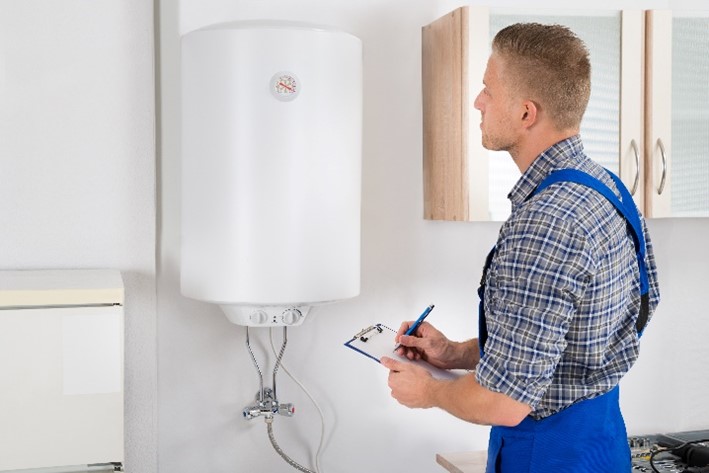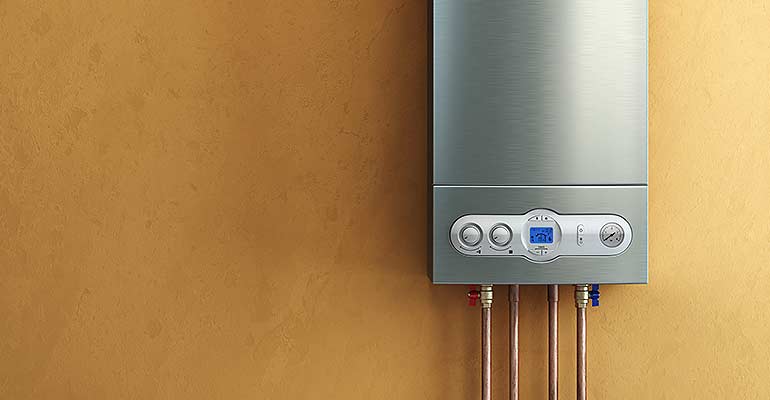Specialist Guidance for Maintaining Your Home's Hot Water System
Specialist Guidance for Maintaining Your Home's Hot Water System
Blog Article
How do you actually feel about Tips on Maintaining a Water Heater?

Warm water is necessary for everyday convenience, whether it's for a revitalizing shower or cleaning recipes. To guarantee your warm water system runs effectively and lasts much longer, routine upkeep is vital. This write-up gives sensible pointers and understandings on exactly how to preserve your home's hot water system to prevent disturbances and pricey repairs.
Intro
Keeping your home's warm water system could appear daunting, yet with a couple of simple steps, you can ensure it operates smoothly for years to come. This guide covers everything from understanding your hot water system to DIY maintenance tips and knowing when to call in professional help.
Importance of Maintaining Your Hot Water System
Normal upkeep not just prolongs the life expectancy of your hot water system but also guarantees it runs successfully. Ignoring upkeep can cause reduced efficiency, higher power costs, and also premature failure of the system.
Signs Your Warm Water System Demands Upkeep
Understanding when your hot water system needs interest can stop significant problems. Watch out for indications such as irregular water temperature level, odd sounds from the heater, or corroded water.
Purging the Hot Water Heater
Purging your hot water heater gets rid of debris accumulation, enhancing effectiveness and extending its life.
Checking and Replacing Anode Rods
Anode rods prevent corrosion inside the tank. Evaluating and changing them when worn is important.
Complex Concerns Requiring Professional Help
Instances consist of major leaks, electrical troubles, or if your hot water heater is constantly underperforming.
Routine Professional Maintenance Conveniences
Specialist upkeep can include comprehensive inspections, tune-ups, and making certain conformity with security standards.
Inspecting and Readjusting Temperature Level Settings
Readjusting the temperature level settings ensures optimum efficiency and safety.
Do It Yourself Tips for Upkeep
You can perform a number of upkeep tasks on your own to keep your warm water system in top problem.
Checking for Leaks
Consistently examine pipelines and connections for leakages, as these can lead to water damages and greater expenses.
Recognizing Your Hot Water System
Prior to diving right into maintenance jobs, it's helpful to comprehend the standard components of your warm water system. Typically, this includes the hot water heater itself, pipes, anode rods, and temperature level controls.
Monthly Maintenance Tasks
Normal monthly checks can aid catch small problems prior to they intensify.
Examining Pressure Alleviation Valves
Evaluating the stress relief valve guarantees it functions appropriately and avoids too much pressure accumulation.
Insulating Pipelines
Shielding hot water pipelines reduces warmth loss and can save energy.
When to Call a Specialist
While DIY upkeep is beneficial, some problems call for expert experience.
Conclusion
Routine maintenance of your home's hot water system is necessary for performance, longevity, and cost savings. By complying with these ideas and recognizing when to look for specialist aid, you can ensure a dependable supply of hot water without unforeseen disruptions.
How to Maintain an Instant Hot Water Heater
Before tinkering with your hot water heater, make sure that it’s not powered on. You also have to turn off the main circuit breaker and shut off the main gas line to prevent accidents. Also turn off the water valves connected to your unit to prevent water from flowing into and out of the appliance. 2. When you’re done, you have to detach the purge valves’ caps. These look like the letter “T†and are situated on either side of the water valves. Doing so will release any pressure that has accumulated inside the valves while at the same time avoid hot water from shooting out and burning your skin. 3. When the purge valves’ caps are removed, you have to connect your hosing lines to the valves. Your unit should have come with three hoses but if it didn’t, you can purchase these things from any hardware or home repair shops. You can also get them from retail stores that sell water heating systems. Read the user’s manual and follow it to complete this task properly. When the hosing lines are connected, open the purge port’s valves. 4. You should never use harsh chemical cleaners or solutions when cleaning your unit. Make use of white vinegar instead. It should be undiluted and you’ll probably use about 2 gallons. 5. Now flush your water heater. This task should probably take about 40 minutes. We can’t give you specific directions for this because the procedure is carried out depending on the type, model and brand of your heater. With that being said, refer to the user’s manual. 6. When you’re done draining the unit, you have to turn off the purge port valves again. Remove the hosing lines that you earlier installed on each of the water valves. Put the valve caps (purge port) back in their respective places and be very careful so as not to damage the rubber discs that are found inside these caps. 7. Now that everything’s back in place, check your user’s manual again to find out how to reactivate your water heating system. 8. Once it is working, turn one of your hot water faucets on just to let air pass through the heater’s water supply pipes. Leave the tap on until water flows smoothly out of it. https://www.orrplumbing.com/blog/2014/september/how-to-maintain-an-instant-hot-water-heater/

As a serious reader about How to Maintain a Hot Water Heater in a Few Simple Steps, I figured sharing that post was beneficial. Liked our blog posting? Please share it. Let someone else check it out. I love reading our article about Tips on Maintaining a Water Heater.
Schedule Your Job Now Report this page